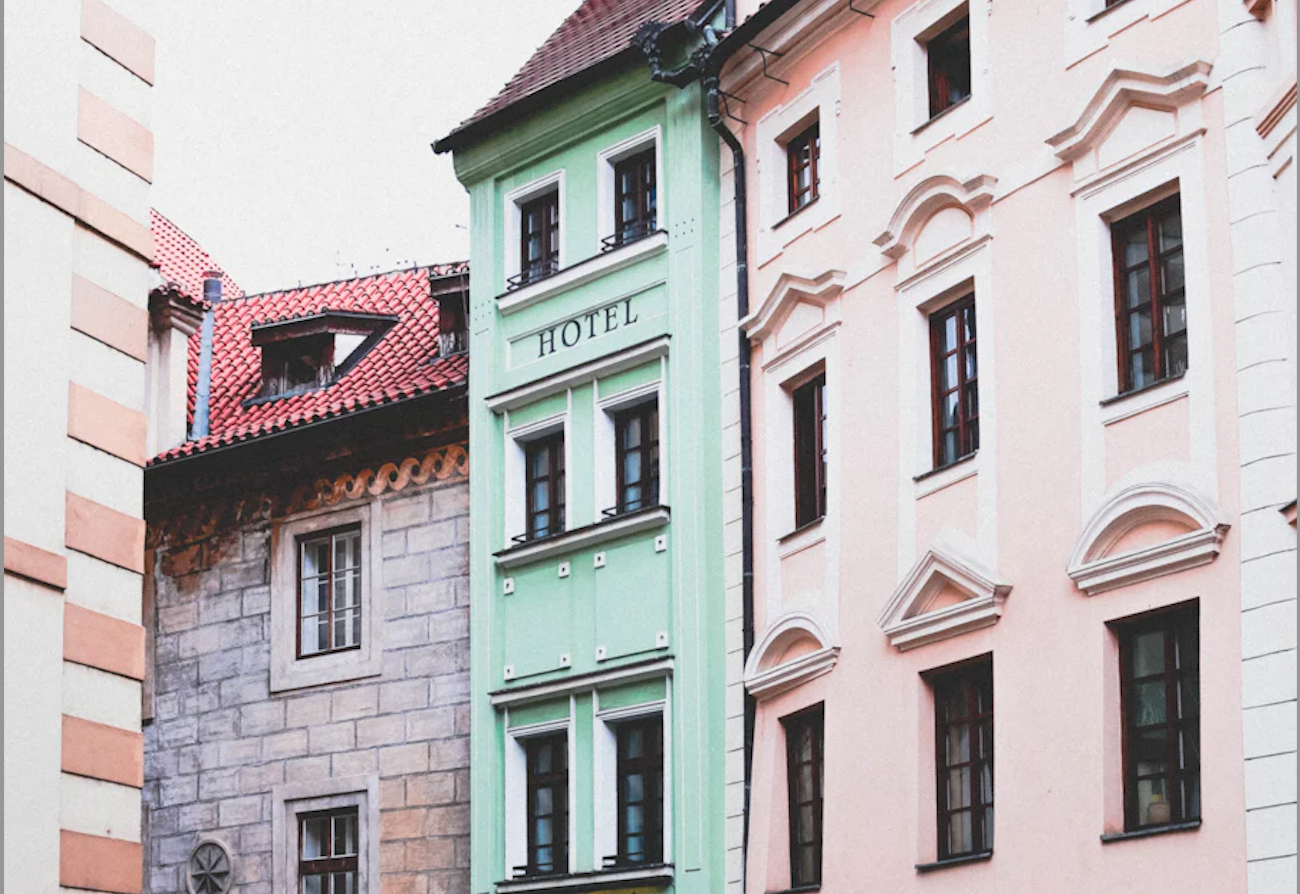
Society works when there are plenty of young people to do the hard graft of growing the economy and providing for the older, ageing population.
What happens when you turn that on its head? We’re about to find out. Many nations already have fertility rates far below the 2.1 births required to maintain the population – in the United Kingdom it’s 1.9, in the US it’s 1.8, in China it’s 1.6 and in Germany it’s 1.4. With people living longer, the only viable long term solution to this problem is robotics which can help address the imbalance between the young and the old by taking over many of the ‘menial’ tasks we won’t have enough young people to perform.
The news that robots are taking our jobs is all a bit outdated now, with the use of robotics predicted to generate over 2 million additional job positions between 2017 and 2020*.
But what’s the real effect of robotics? How will our lives actually look in the near-term?
Construction
Manual labour is often the most obvious candidate for robot replacement, and worldwide, the use of robots in the construction sector over the next four years is predicted to have a compound annual growth rate of 5.41%, according to the Global Construction Robots Market 2016-2020 report. Australian company, Fastbrick Robotics, is working on a commercial version of the Hadrian 105 robot, now called the Hadrian X, that can lay 1,000 bricks an hour and build a house in just two days. It says the technology will transform the industry. The report states the major reason for the increased use of construction robotics is growing urbanisation and one of the main challenges is the reluctance of construction companies to adopt the new technology. Construction robots are mainly used for basic tasks in building construction and civil engineering projects, including concreting, building, connecting, attaching, coating, covering, jointing, positioning, finishing, demolishing, drilling, tunnelling, earthmoving, scaffolding, inspecting, and repairing elements.
Manufacturers are reshaping their factories to make room for collaborative robots – bots which are designed to help existing employees rather than take their jobs.
Robots ought to make life easier and more enjoyable. In Japan, they already do and so ingrained is the cult of hard work that falling asleep on the job is seen as a sign of sterling commitment to the cause. It’s easy to laugh at a culture that pushes its employees that hard. The low-friction lifestyle that a tech-heavy society encourages is energising. It’s easier to focus your energy on mentally demanding tasks when you’re less worn down by the everyday noise of human interaction. Ordering from a machine – or doing your banking through a humanoid robot that can read your expression – is so much less exhausting than it is with humans. No wonder the Japanese work 18-hour days without thinking twice. Any number of their needs and desires are automated, catered for by an invisible workforce.
In an economy struggling for growth, cost-saving drives automation and robotics provides a lifeline.
Hospitality
It’s cheaper to buy a £10,000 robot than to pay an employee for a year. And if a restaurant is spending less on its wage bill, it can lower its prices. A San Francisco company is already working on a system that will shape hamburgers from freshly ground meat, grill them to perfection, toast the bun, and add fresh ingredients to order. Its aim is to sell gourmet burgers at fast-food prices, no humans required. The savings will be spent on better ingredients. Bad news for those workers who lose their jobs, no doubt. But those who stay in employment will benefit from a slicker, more streamlined economy. Investment in the hospitality sector allows the industry to do more with less, and with the majority of future growth predicted to be in the budget and select service hotel category, it becomes significantly easier when a hotelier doesn’t have to worry about providing optimal conditions for a growing workforce.
Automatons fitted with artificial intelligence technology could be a common sight in hotels by as early as 2020, it’s been suggested. The Henn-Na in Japan, hit the headlines last year when it became the world’s first robot-staffed hotel. And machines could soon be greeting guests at reception, cleaning rooms and serving food and drinks at many more hotels. Industry experts have been buoyed by a Travelzoo global survey that shows the majority of people would embrace such a change. In fact, many potential travellers believe automatons could deliver a better customer service than their human counterparts. The study found nearly 80% of respondents expected robots to play a big part in their lives before 2020. And three quarters (75%) believe they’ll make their lives significantly better.
Travelzoo European president Richard Singer said: “Right now is a very exciting moment in the history of the travel industry – ground-breaking technology is revolutionising what is possible from the perspective of customer service, entertainment and personalisation. Robots and artificial intelligence are making their debut on the tourism stage, and our research into global acceptance of robots working in the travel industry shows that consumer acceptance is generally high for this form of technology.”
Travelzoo’s survey found that almost 60% of Brits prefer robots to look like robots, devoid of any qualities that made them appear more human. That compares to a massive 76% of Chinese people who want their androids to look as life-like as possible. Spain was split 50/50 when asked the same question. Nevertheless, 61% of UK travellers said they would be comfortable with robots being used in the industry.
Typically, one of the biggest concerns amongst Brits was the loss of the famed British wit.
“It was fascinating to see some cultural stereotypes emerge from the research into global acceptance of robots,” Singer said.
“The UK participants feared the famous British sense of humour would be lost on robots and the French were the least willing to replace their waiters with robots – even if a human waiter was much less efficient than a robot.”
At the Marriott International Hotel in Ghent, Belgium, customers are often greeted by the humanoid Mario, who has become a local celebrity. Starwood has introduced a robotic butler – or “botlr” while a hotel in Japan has Toshiba’s ‘communication android’ Chihira Aico welcoming guests.
Professor Stephen Page of Bournemouth University, says: “Robots represent a major innovation to the tourism sector, and their potential impact and use offers many new avenues to enhance and develop the visitor experience of travel and hospitality. Understanding how consumers will embrace and interact with this new technology will be critical to their adoption and dissemination in an industry that is one of the market leaders in the use of technology.”
The story of course does not end there and Bill Gates, founder of Microsoft, suggested recently that machines that take human jobs should not escape the taxman, suggesting “governments could pad out there incomes by either levying heavier charges on profits derived from automation” or, “directly in some sort of robot tax”. Last month the research arm of McKinsey said 49% of workers’ time could be handled by “currently demonstrated technology”.
Their ultimate supremacy over humans is predicted to be reached in 2035, the point in time when robots will begin to develop at a faster rate than us mere humans can comprehend. But right now, robots have reached a point of intelligence where they will soon be able to assist humans in every kind of industry, in ways previously unthinkable.
It’s going to be fascinating how the government and the hospitality sector prepares for the rise of automation, and how hoteliers and guests interpret the word “service” from budget to six star luxury.
Maybe take some inspiration from ROBOTS: The 500-year quest to make machines human exhibition currently showing at London’s Science Museum
*Gov2020 Robotics technology report








